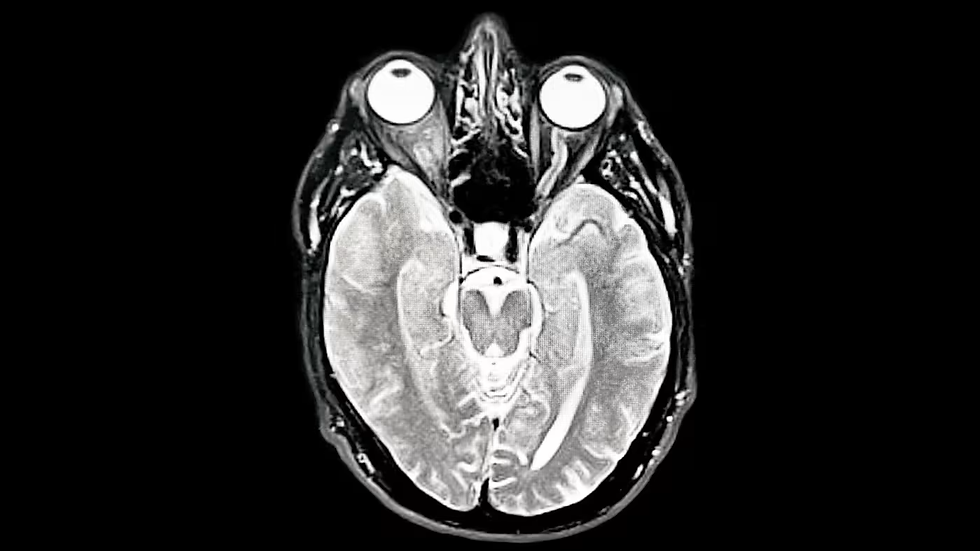Breakthrough Breast Cancer Therapies Offer New Hope: 100% Survival, Delayed Progression, and Personalized Treatments
- Melissa Santañez
- Jun 4
- 1 min read
Recent advancements in breast cancer research have unveiled promising therapies that significantly improve patient outcomes. From a groundbreaking treatment achieving a 100% three-year survival rate in aggressive BRCA-related cases to innovative drugs delaying disease progression, these developments mark a new era in personalized cancer care.
Key Highlights:
100% Survival in BRCA-Related Breast Cancer:
A clinical trial led by Cambridge University demonstrated that combining chemotherapy with the targeted drug olaparib before surgery resulted in a 100% three-year survival rate for patients with aggressive BRCA1 and BRCA2 breast cancers. This approach also reduced toxicity and improved quality of life.
Camizestrant Shows Promise in Hormone-Positive Breast Cancer:
AstraZeneca's new drug, camizestrant, significantly reduced the risk of tumor progression or death by 56% in patients with advanced hormone receptor-positive breast cancer. Patients treated with camizestrant experienced a delay in disease progression of 16 months compared to 9.2 months with standard treatment.
Liquid Biopsies Revolutionize Treatment:
The NHS in England has adopted a revolutionary DNA blood test, known as a liquid biopsy, for lung and breast cancer patients. This test analyzes tumor DNA fragments in the bloodstream, enabling doctors to tailor treatments specifically to a patient's cancer profile, potentially improving survival rates and reducing the need for invasive procedures.
These breakthroughs signify a transformative period in breast cancer treatment, offering patients more effective and personalized options.
Sources: The Guardian, Financial Times, New York Post










Comments